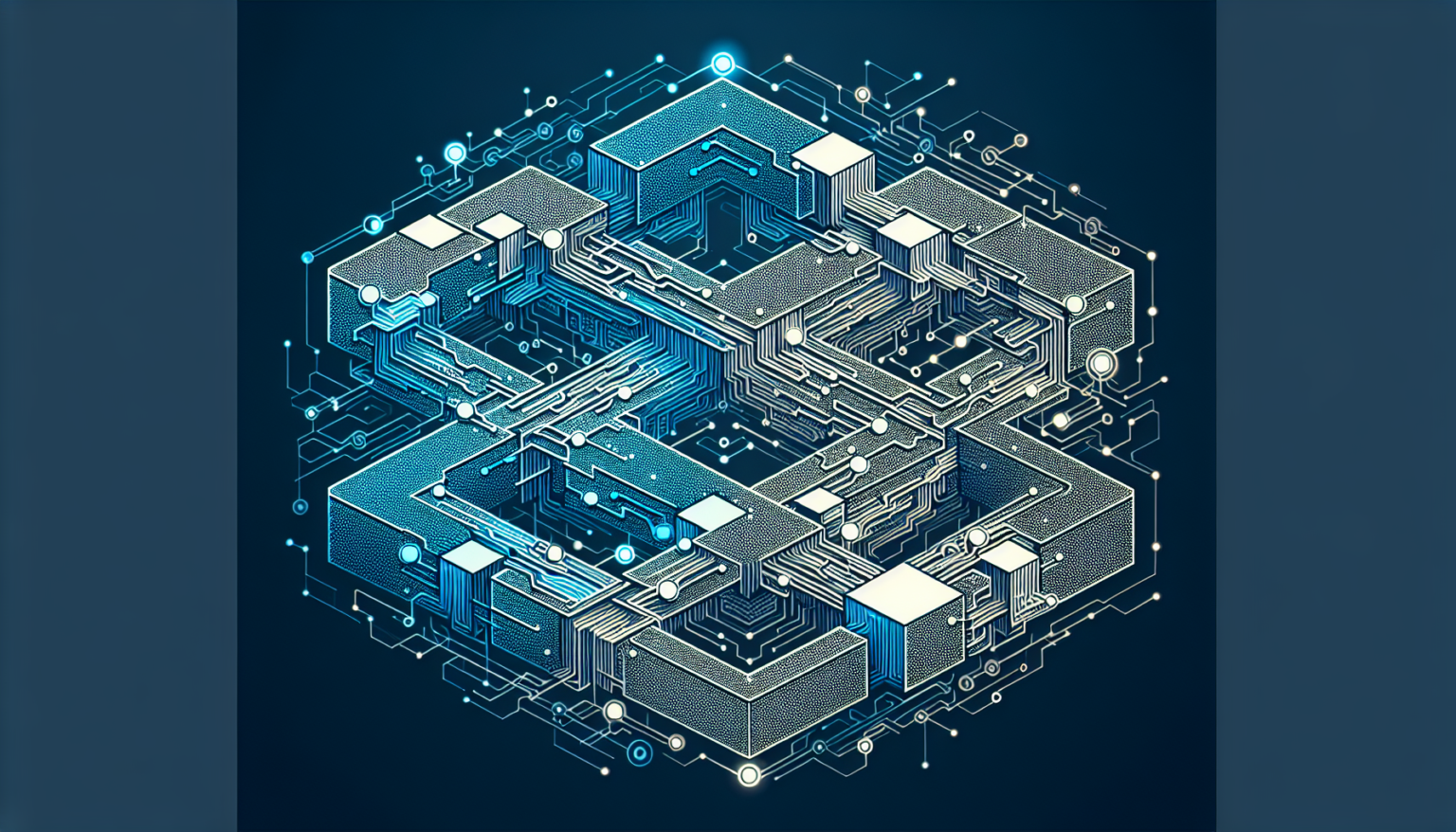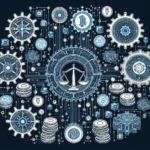Understanding Quantum Computing and Its Threats
What is Quantum Computing?
Quantum computing represents a profound shift in computing technology. Unlike traditional computers that use bits to represent data as 0s and 1s, quantum computers utilize quantum bits, or qubits. Qubits take advantage of quantum mechanics principles, such as superposition and entanglement, which allow them to process vast amounts of data more efficiently than classical computers.
The Potential Risks to Cryptography
Cryptography forms the backbone of blockchain security, with algorithms protecting transaction data and user identities. Some widely used algorithms, such as RSA and ECC (Elliptic Curve Cryptography), rely on the computational difficulty of certain mathematical problems. However, quantum computers could potentially crack these algorithms in a fraction of the time it would take a classical computer.
Shor’s Algorithm and Its Implications
Shor’s algorithm, developed by mathematician Peter Shor, is a significant breakthrough in the quantum computing realm. It enables a quantum computer to factor large integers and compute discrete logarithms in polynomial time. This means that any blockchain relying on asymmetric cryptography could become vulnerable to attacks by quantum computers, jeopardizing the integrity of transactions and ownership.
Impact on Blockchain Technology
The ubiquity of blockchain technology across various sectors—from finance to supply chain management—makes its vulnerability to quantum attacks a crucial concern. If quantum computers surpass classical capabilities, the reliance on currently used cryptographic techniques could lead to severe phishing, identity theft, and unauthorized transactions within blockchain networks.
Solutions for Quantum Resistance in Blockchain
Given the looming threat of quantum computing, the blockchain community is exploring several strategies to enhance quantum resistance.
Post-Quantum Cryptography
One of the most promising approaches to achieve quantum resistance involves post-quantum cryptography. This refers to cryptographic algorithms designed to be secure against both classical and quantum attacks. Researchers are actively developing these algorithms, which utilize mathematical problems that are believed to be resistant to quantum decryption methods.
Candidates for Post-Quantum Algorithms
Several algorithms are currently considered as candidates for post-quantum cryptography:
– **Lattice-based Cryptography:** This approach relies on the mathematical properties of lattices. The hardness of solving lattice problems makes them a compelling option for secure cryptographic protocols.
– **Hash-based Signatures:** These digital signature schemes utilize hash functions for security. They take advantage of the one-way property of hash functions, making them resistant to quantum attacks.
– **Code-based Cryptography:** This uses error-correcting codes to construct encryption methods and is also considered a strong contender in the post-quantum realm.
Hybrid Cryptographic Systems
Another practical method involves employing hybrid cryptographic systems. This means utilizing both traditional and post-quantum algorithms in tandem. By doing so, blockchain networks can maintain current security protocols while gradually integrating quantum-resistant options.
Benefits of Hybrid Systems
– **Increased Security:** Hybrid systems bolster security by combining the strengths of both types of cryptography, thus ensuring resilience against immediate threats while preparing for future challenges.
– **Transition Flexibility:** It allows networks to transition gradually. They can first implement post-quantum algorithms for specific functions, giving developers and users a chance to adapt without drastic changes to the system.
Blockchain Principles Supporting Quantum Resistance
In addition to cryptography, several inherent characteristics of blockchain technology can contribute to quantum resistance.
Decentralization
The decentralized nature of blockchain networks means that no single entity controls the entirety of the data. This can help mitigate risks associated with quantum attacks. If a quantum computer compromises one part of the network, the decentralized ledger ensures that other nodes maintain the integrity of the blockchain.
Community-based Response
The global community involved in blockchain development often collaborates to identify and rectify vulnerabilities. In a quantum-threat landscape, this collective effort could lead to swift adaptations across platforms, ensuring an organization does not have to face threats alone.
Upgradability
Certain blockchain networks are designed with upgradeable frameworks. These allow the integration of new algorithms and security measures without altering the entire system. For example, Ethereum has proposed potential upgrades to shift towards quantum resistance seamlessly.
Smart Contract Flexibility
Smart contracts on blockchain platforms can also be updated to incorporate quantum-resistant algorithms. This ability not only reinforces contracts against potential breaches but also allows for innovation in developing new decentralized applications.
The Role of Continuous Research and Development
As quantum technology evolves, continuous research into emerging threat models and countermeasures is vital. The blockchain community must remain vigilant and proactive.
Collaboration Between Technologists and Cryptographers
Bridging the gap between blockchain developers and cryptography experts will lead to comprehensive solutions against quantum threats. Initiatives involving joint research projects, conferences, and workshops can pave the way for innovative strategies by promoting knowledge exchange and collaboration.
Open-source Projects
Open-source projects in the blockchain space encourage shared experimentation with quantum-resistant algorithms. This collaborative effort leads to rapid prototyping, testing, and improvement, resulting in more secure networks.
Regulatory Support and Standards
Engaging with regulatory bodies to establish standards for quantum resistance in blockchain technology is crucial. As governments and industries recognize the quantum threat, aligning best practices can foster widespread adoption of resilient solutions.
The Future of Blockchain Security
Ultimately, the path towards achieving quantum resistance will require a multifaceted approach. By combining innovative cryptographic techniques, leveraging blockchain’s intrinsic characteristics, fostering collaboration, and encouraging research, the community can enhance the security of blockchain in a quantum-enabled future.








